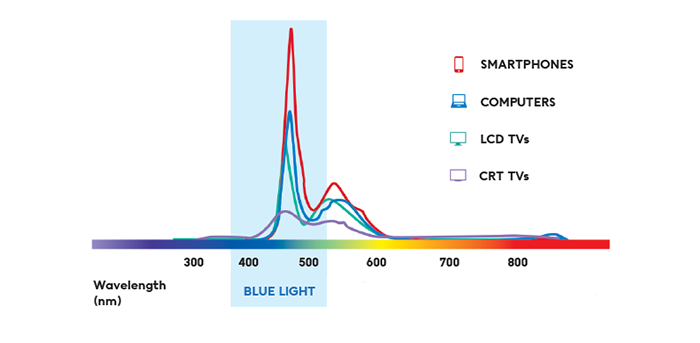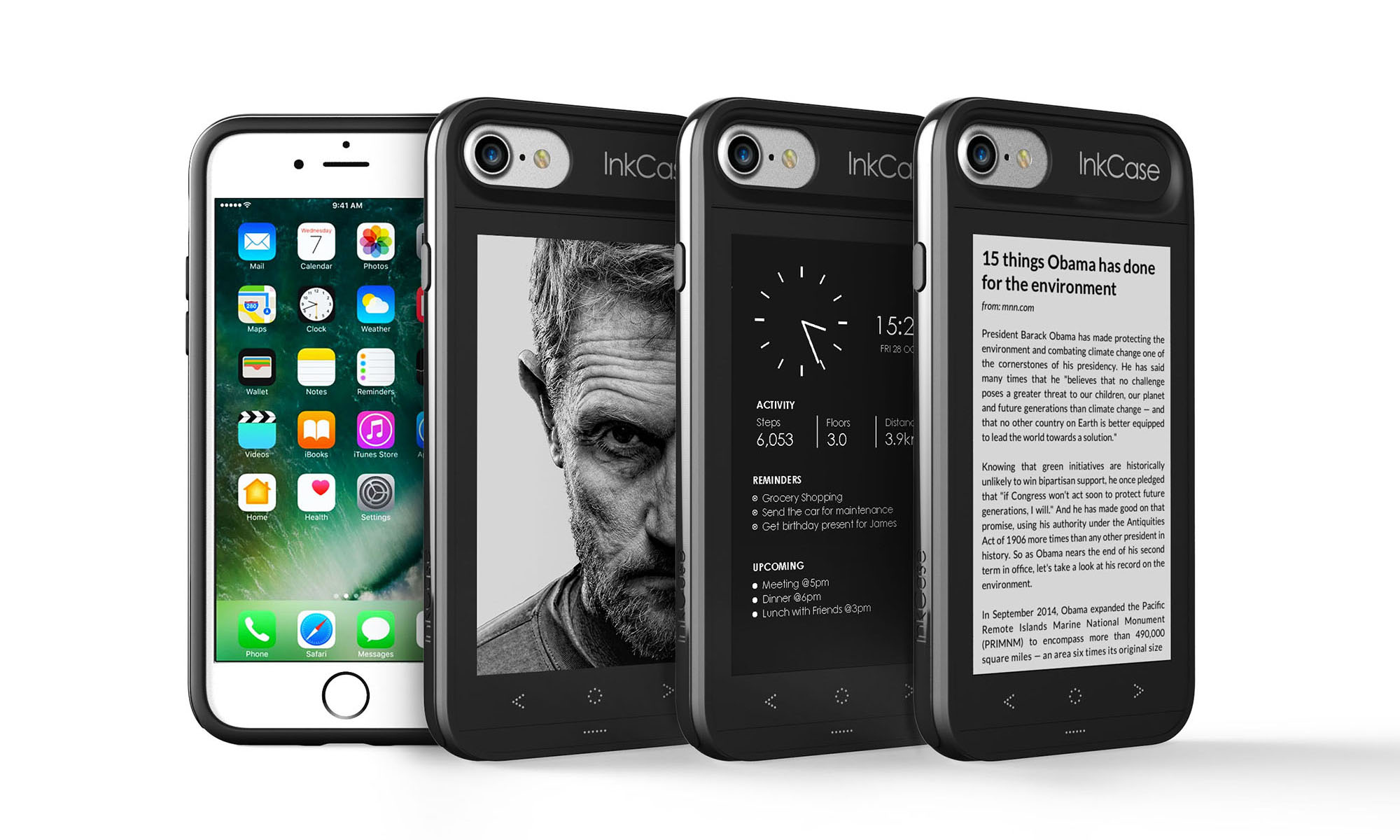47% of U.S. consumers admitted to being unable to last a day without their mobile devices in a 2014 study done by the Bank of America, demonstrating the increasing prevalence of mobile devices. Mobile devices use LCD screens which emit blue light and thus negatively affects not only vision but also overall health. Continual extended screen time mainly can impact your eyes in two major ways.
Digital Eye StrainWhen we look at a screen, our blink rate drops significantly, thus causing digital eye strain. Signs of digital eye strain include slightly blurry vision after using LCD screens for prolonged periods, headaches, dry or tired eyes.
 |
| Prolonged usage of LCD screens may be the cause of your migraines. |
Though digital eye strain is temporary, if left unaddressed, it can turn into a chronic problem.The easiest way to address digital eye strain is to blink more as blinking helps to keep eyes lubricated. Alternatively, try using the “20-20-20 Rule”. Every 20 minutes, stare at something at least 20 feet away for at least 20 seconds. This exercise engages your distance vision and allows the eyes to rest.
Blue Light ExposureBlue light is the highest energy wavelength of visible light. This energy is able to penetrate all the way to the back of the eye, through the eyes’ natural filters. The rapidly increasing amount of blue light exposure that we get each day through digital device use is causing permanent damage to our eyes. The effects of blue light are cumulative and can lead to eye diseases like macular degeneration.
 |
| Smartphones emit the highest amount of blue light. (Image source: J!ns Screens) |
Children are especially at risk due to their developing eyes. Protective pigments which help filter out some of this harmful blue light are not yet present. The risk is worsened further due to their increased exposure to LCD screens.
Studies have also shown that exposure to blue light before bedtime actually suppresses melatonin secretion and delays deep REM sleep significantly. Your health is thus adversely affected. This may lead to reduced cognitive abilities and the development of chronic illnesses in the long run.
Try minimising usage of LCD screens by reading print media or using E Ink displays instead. The InkCase, for example, allows users to read for prolonged periods with minimal power consumption by adding a secondary E Ink screen on the back of your phone.
 |
| The InkCase adds a secondary E Ink display with no additional bulk and weight. |
No comments:
Post a Comment